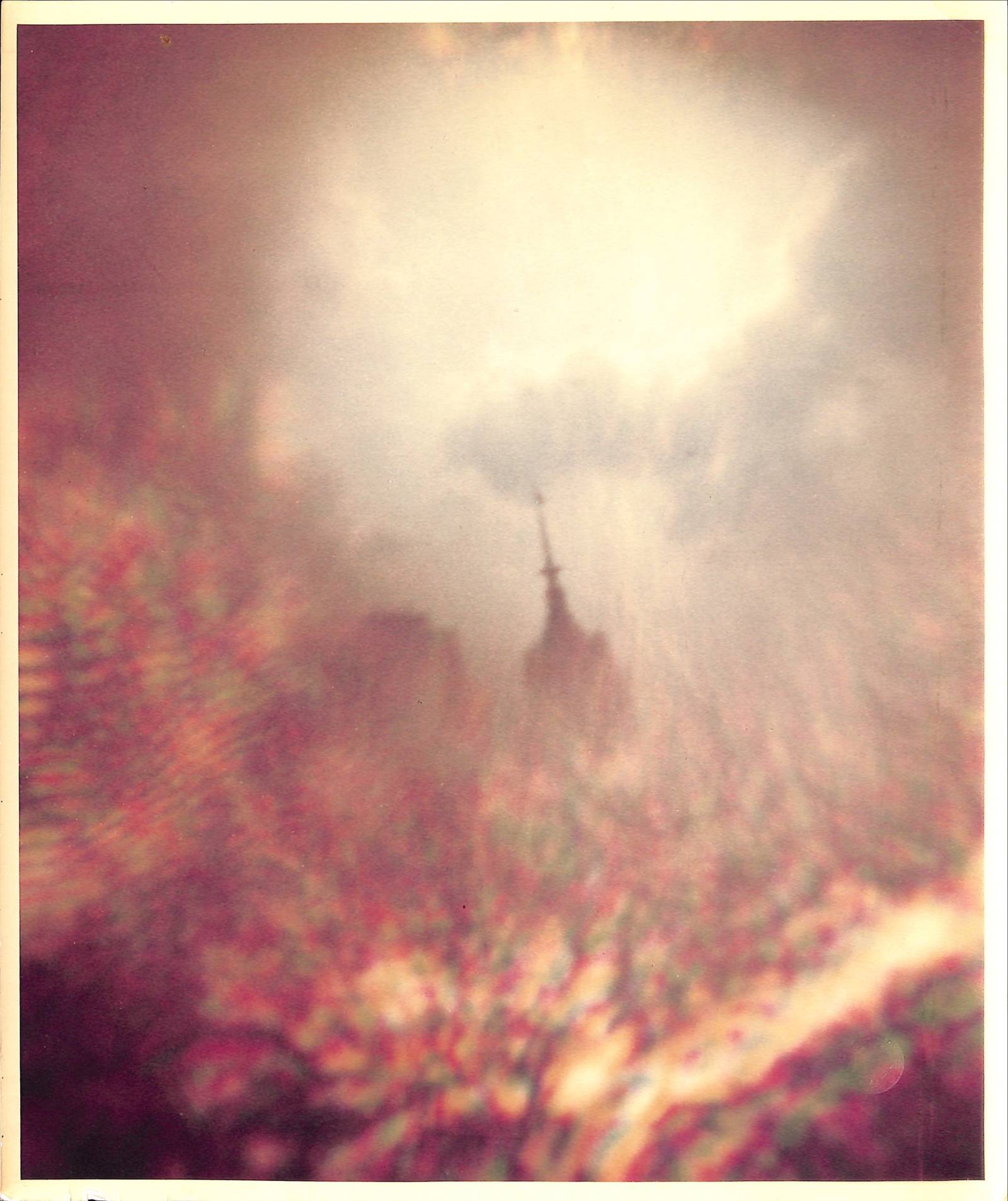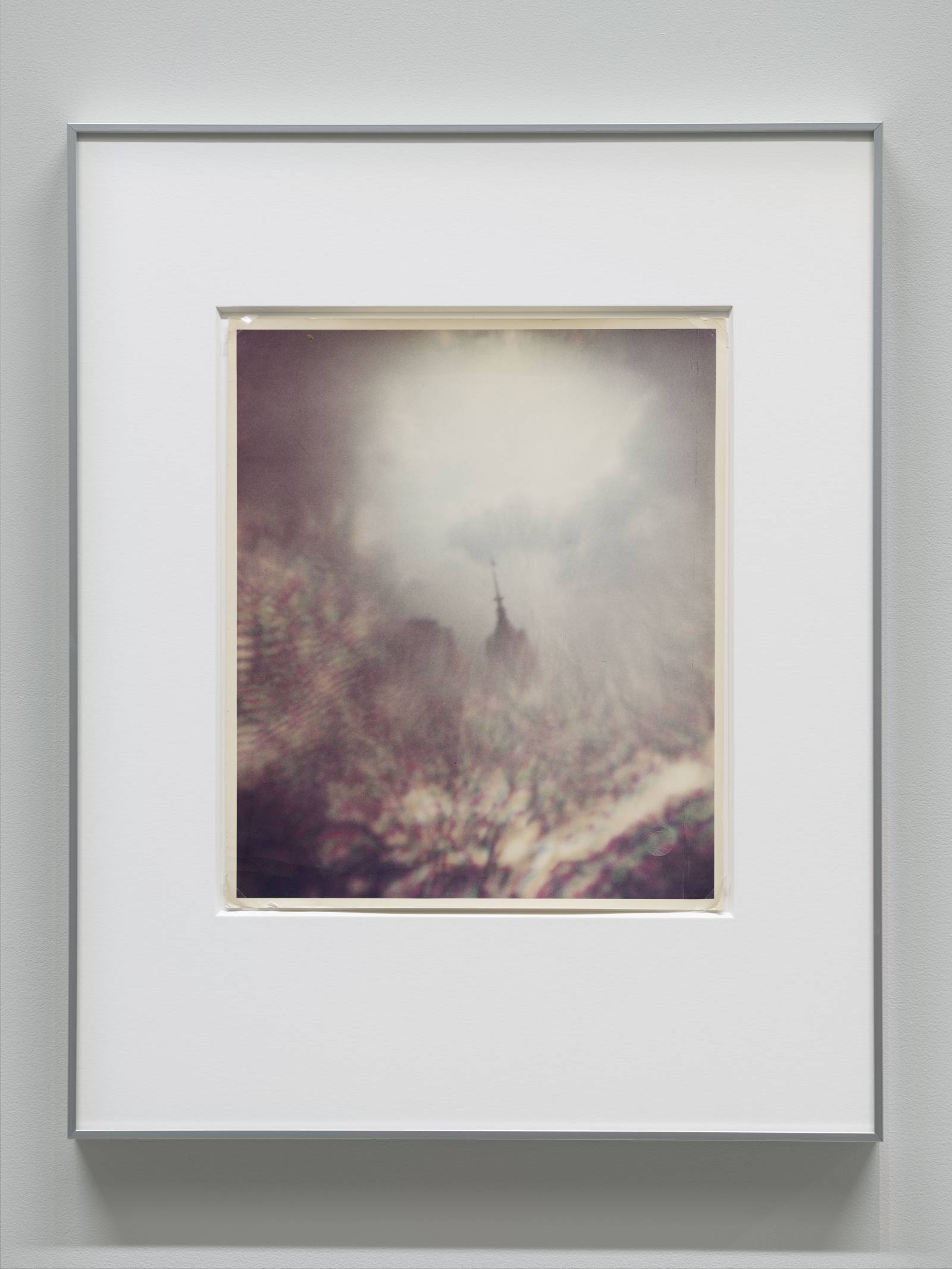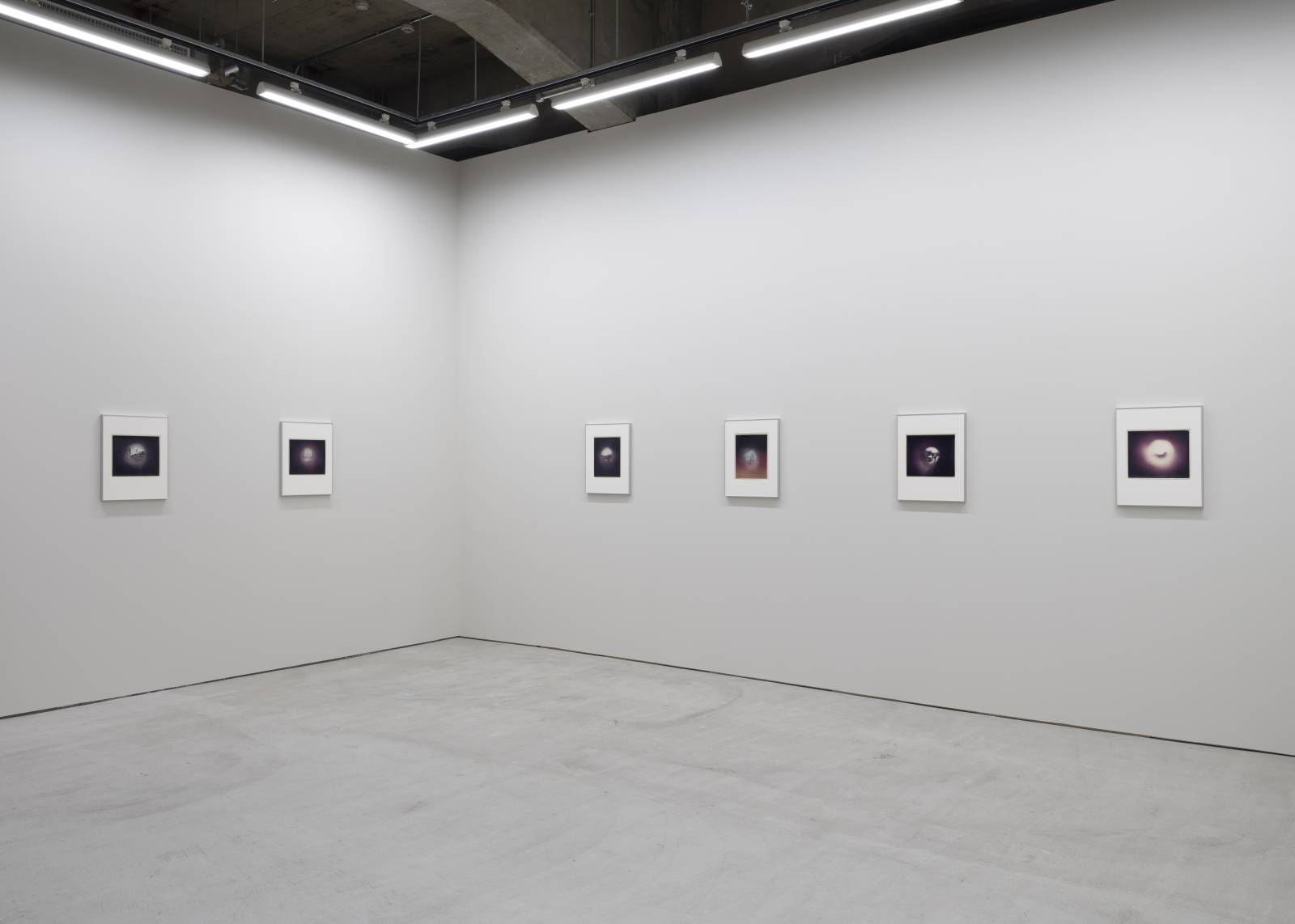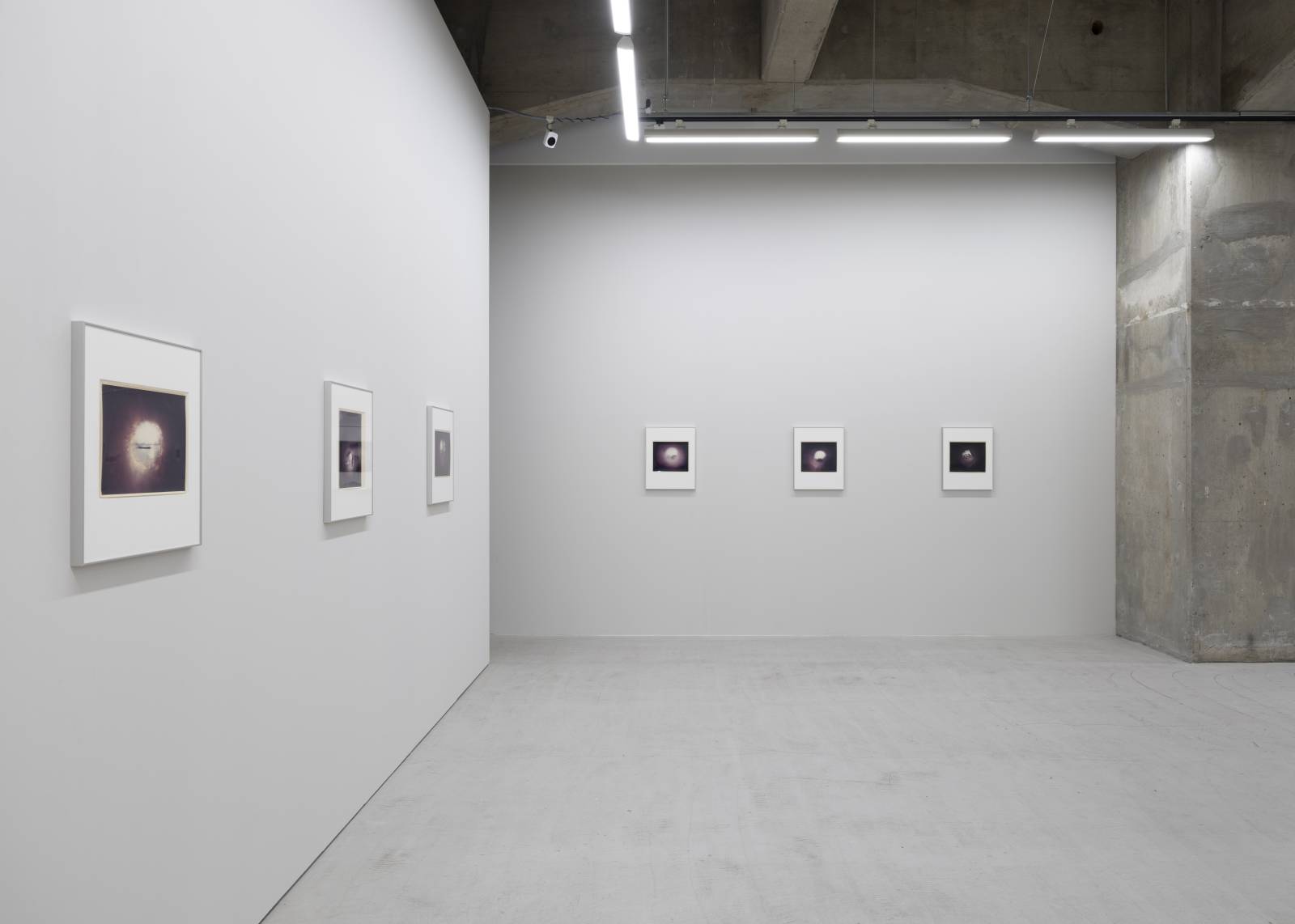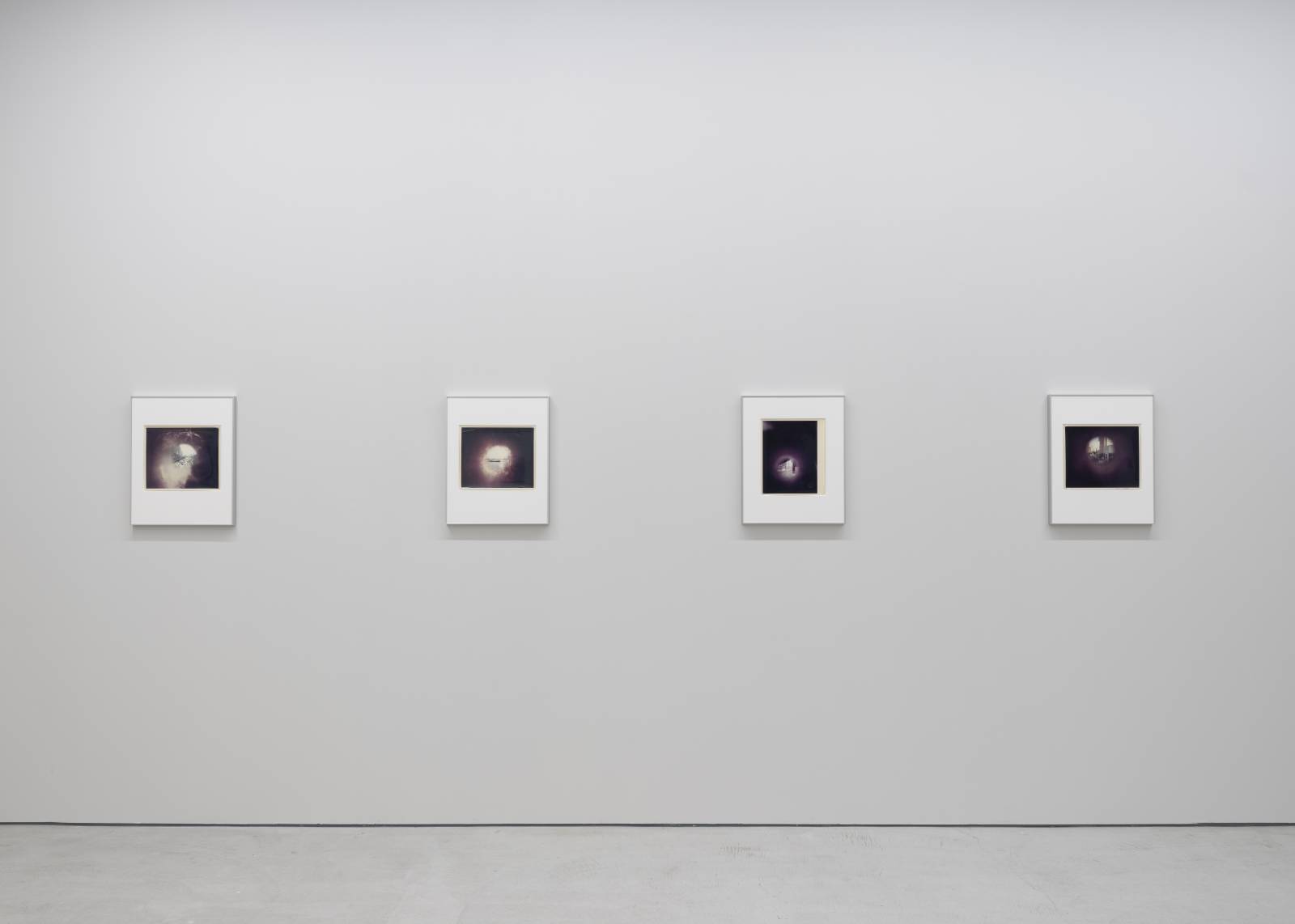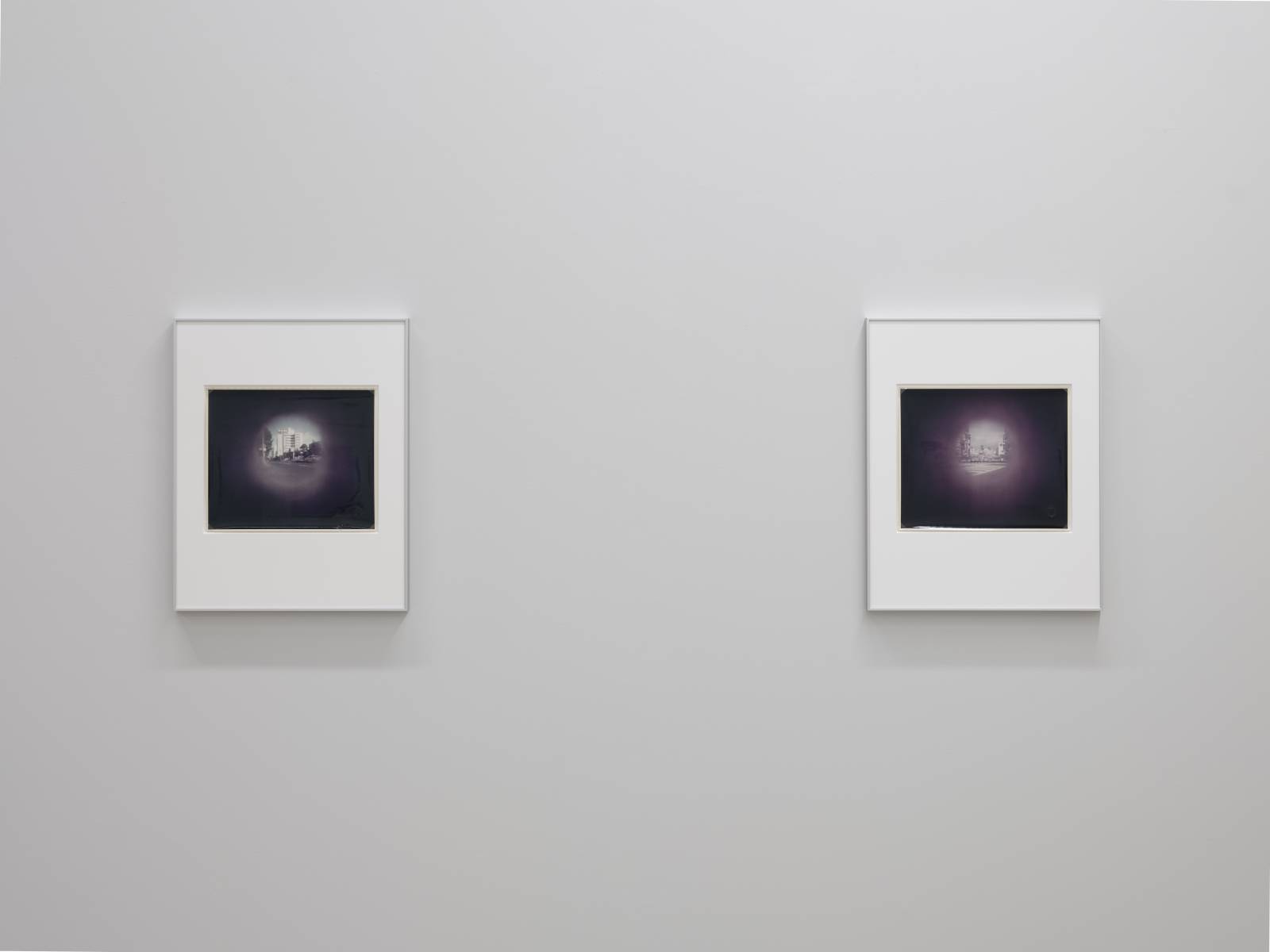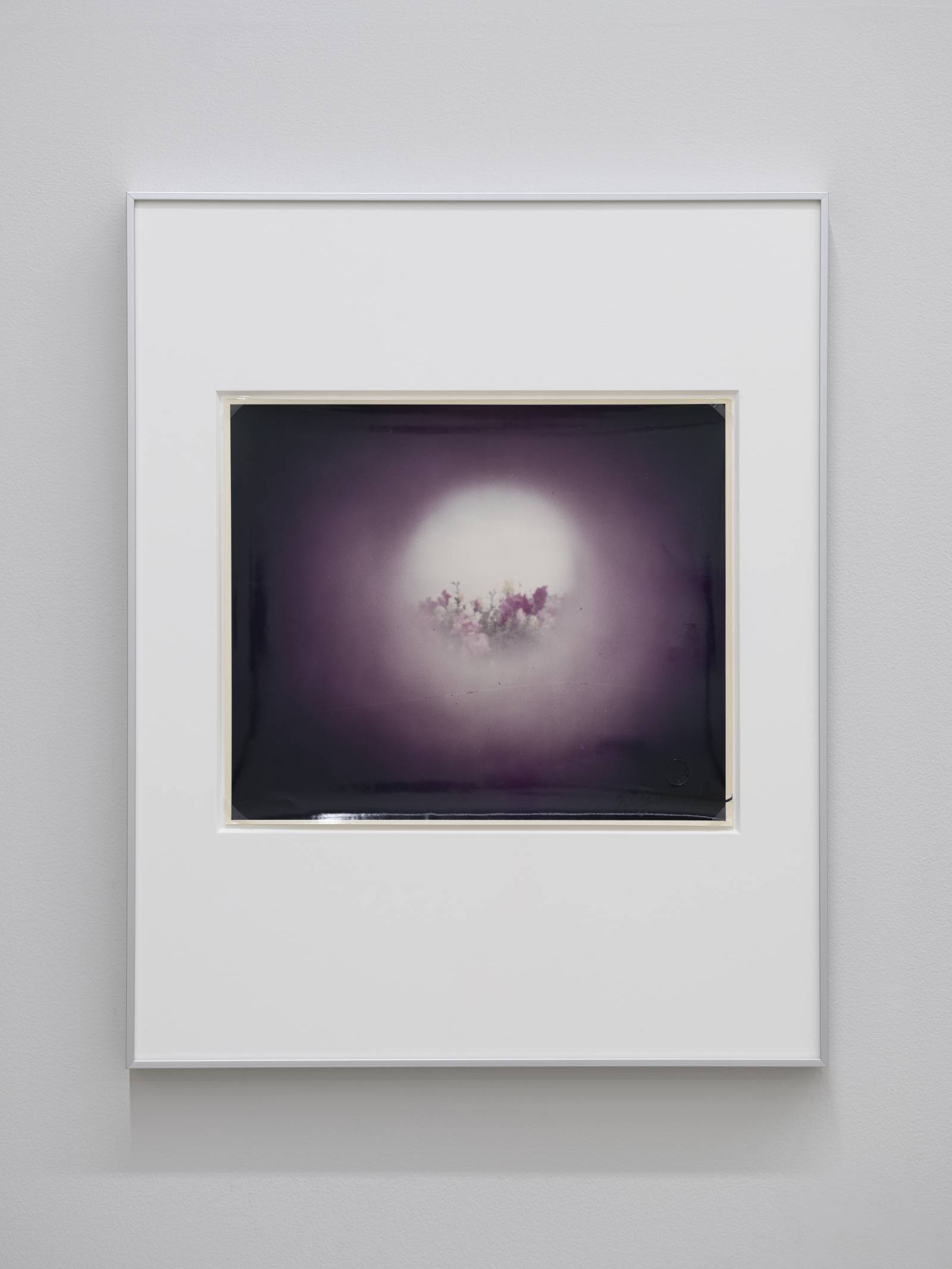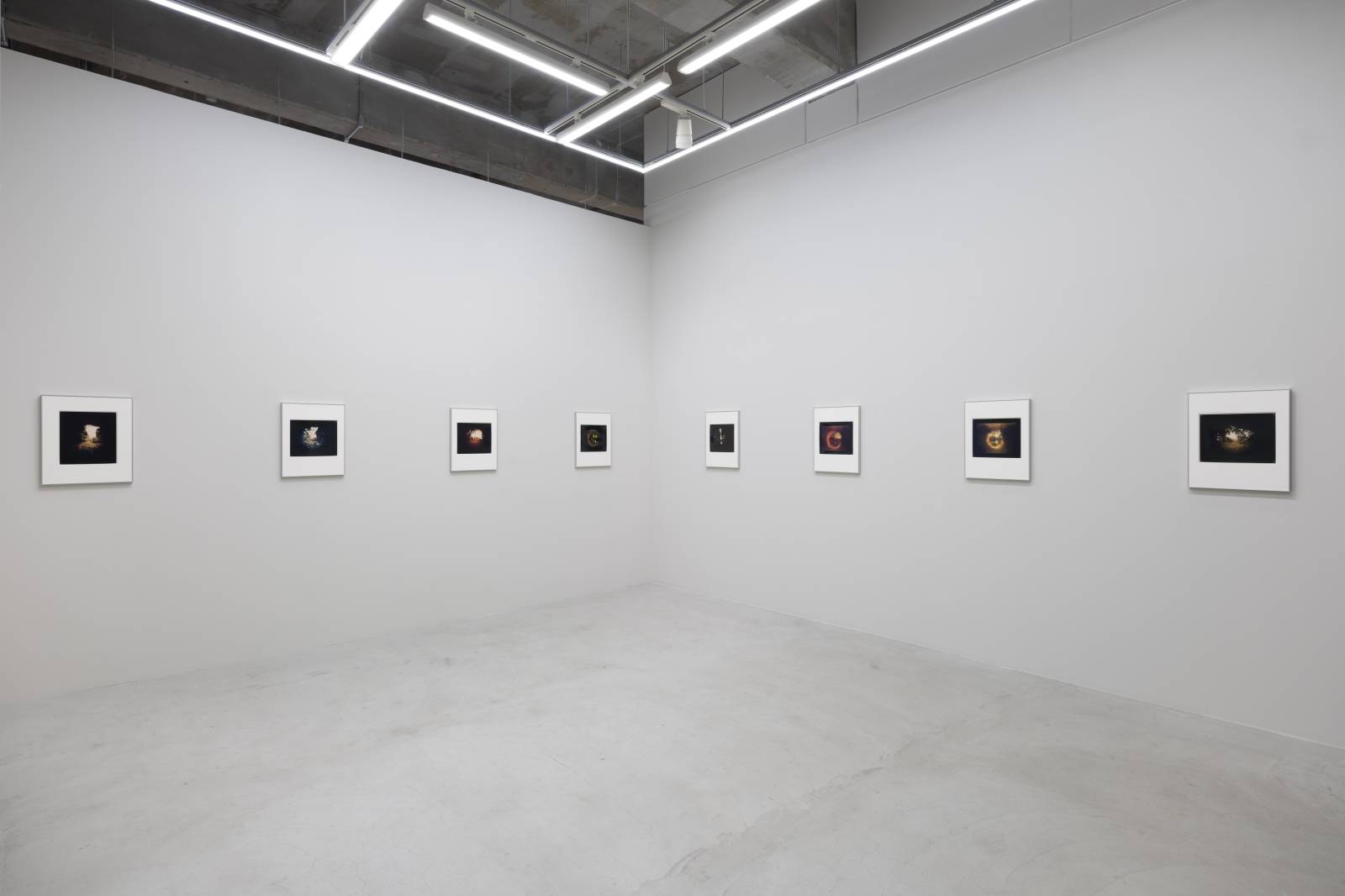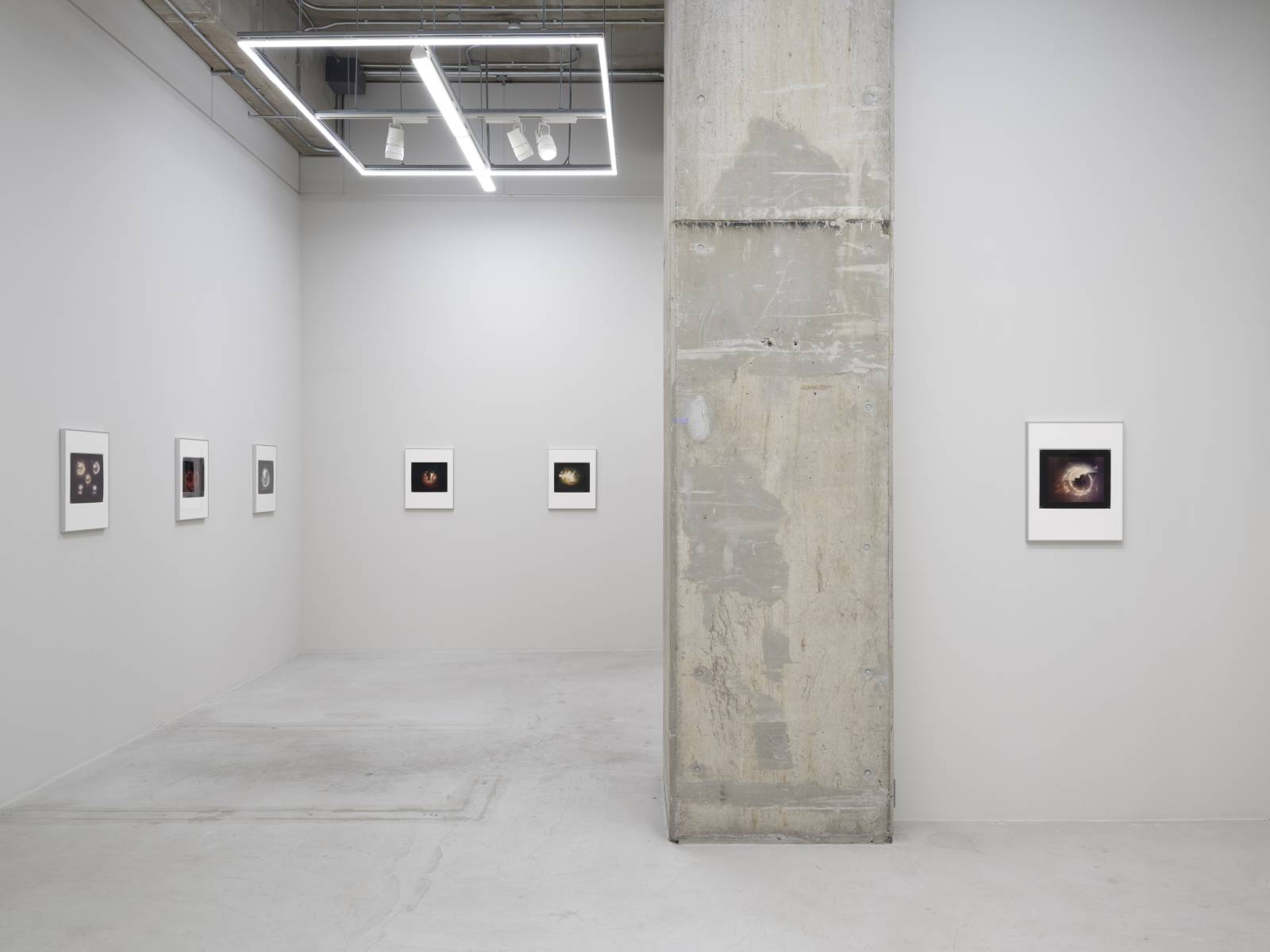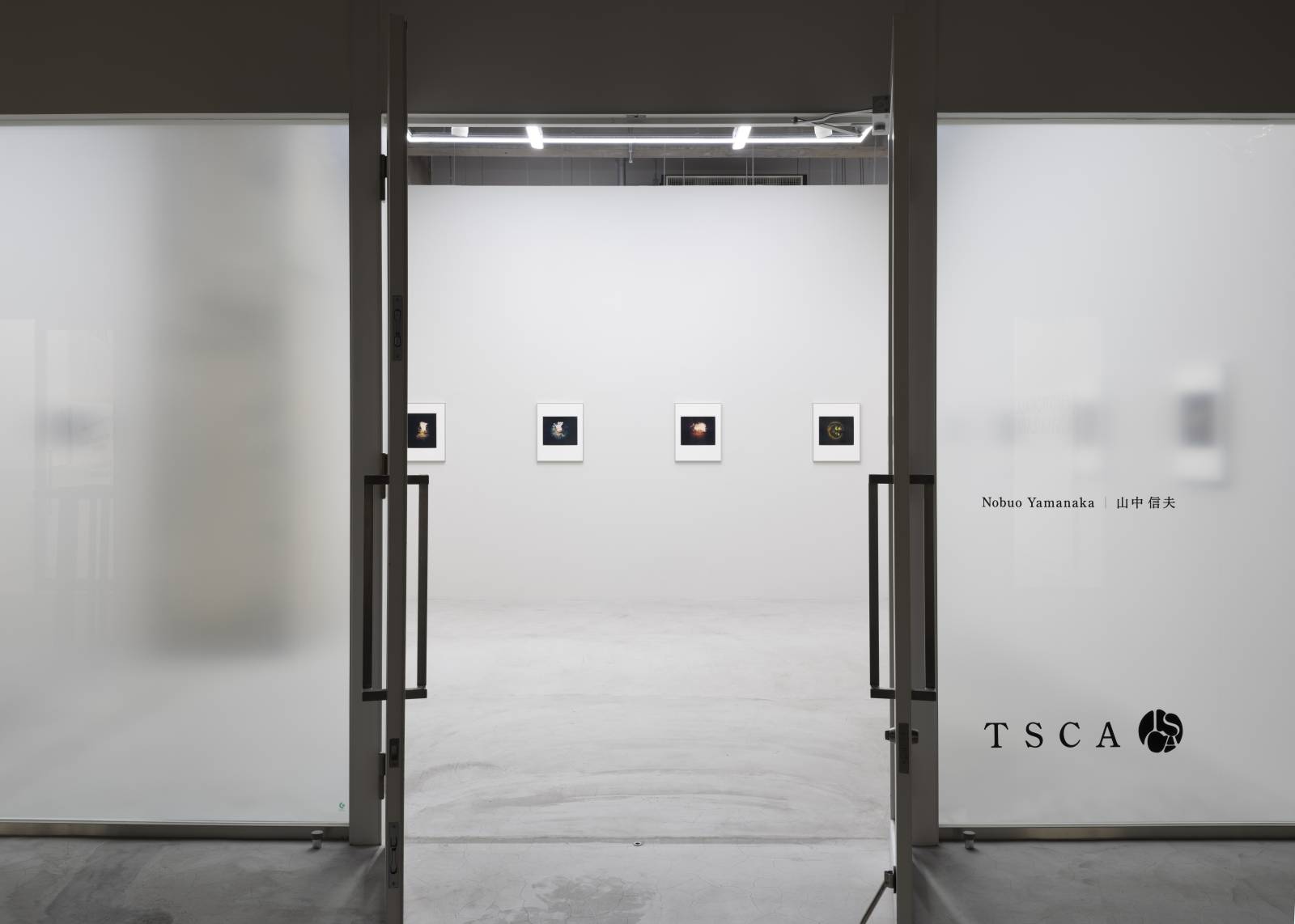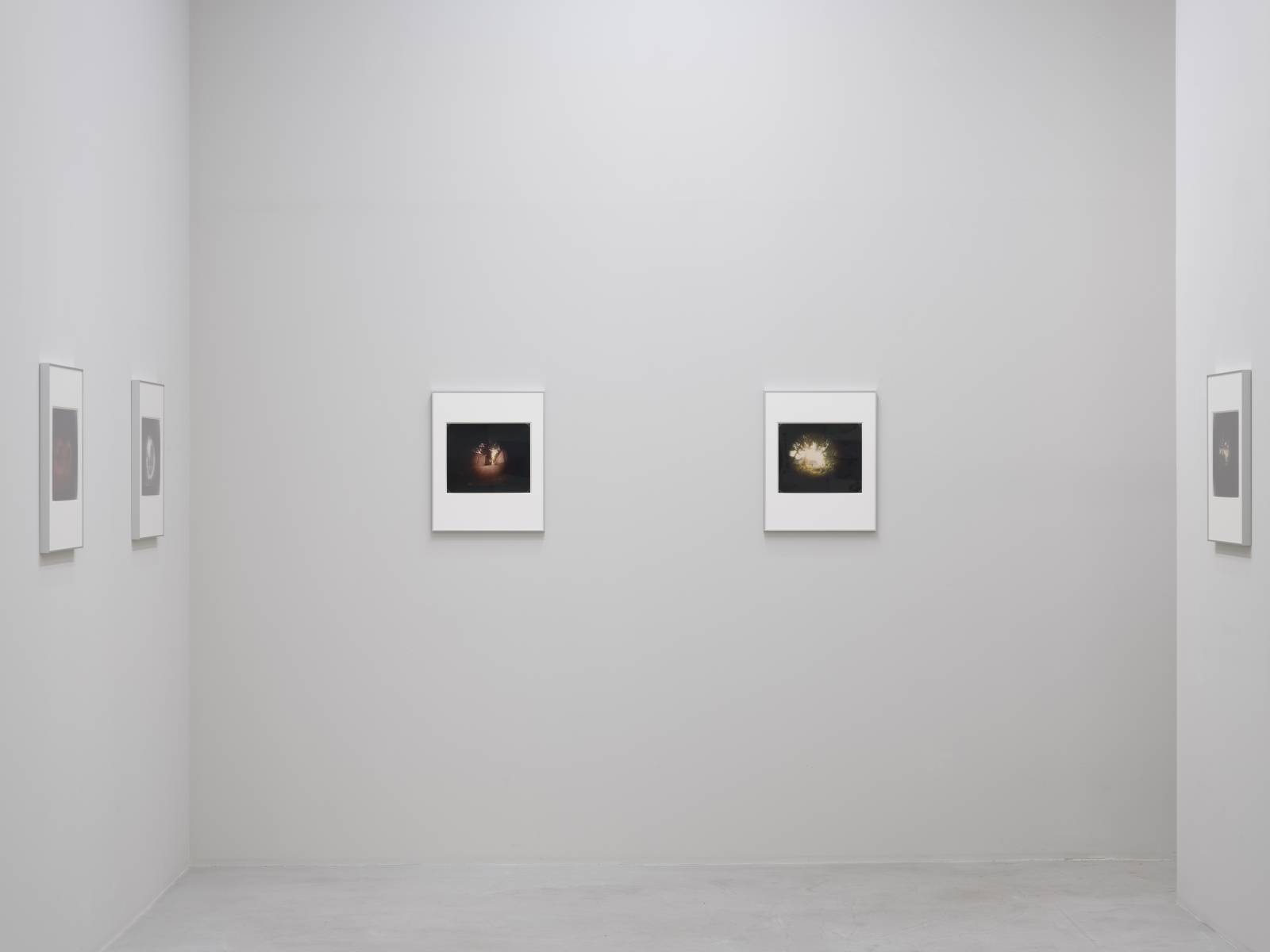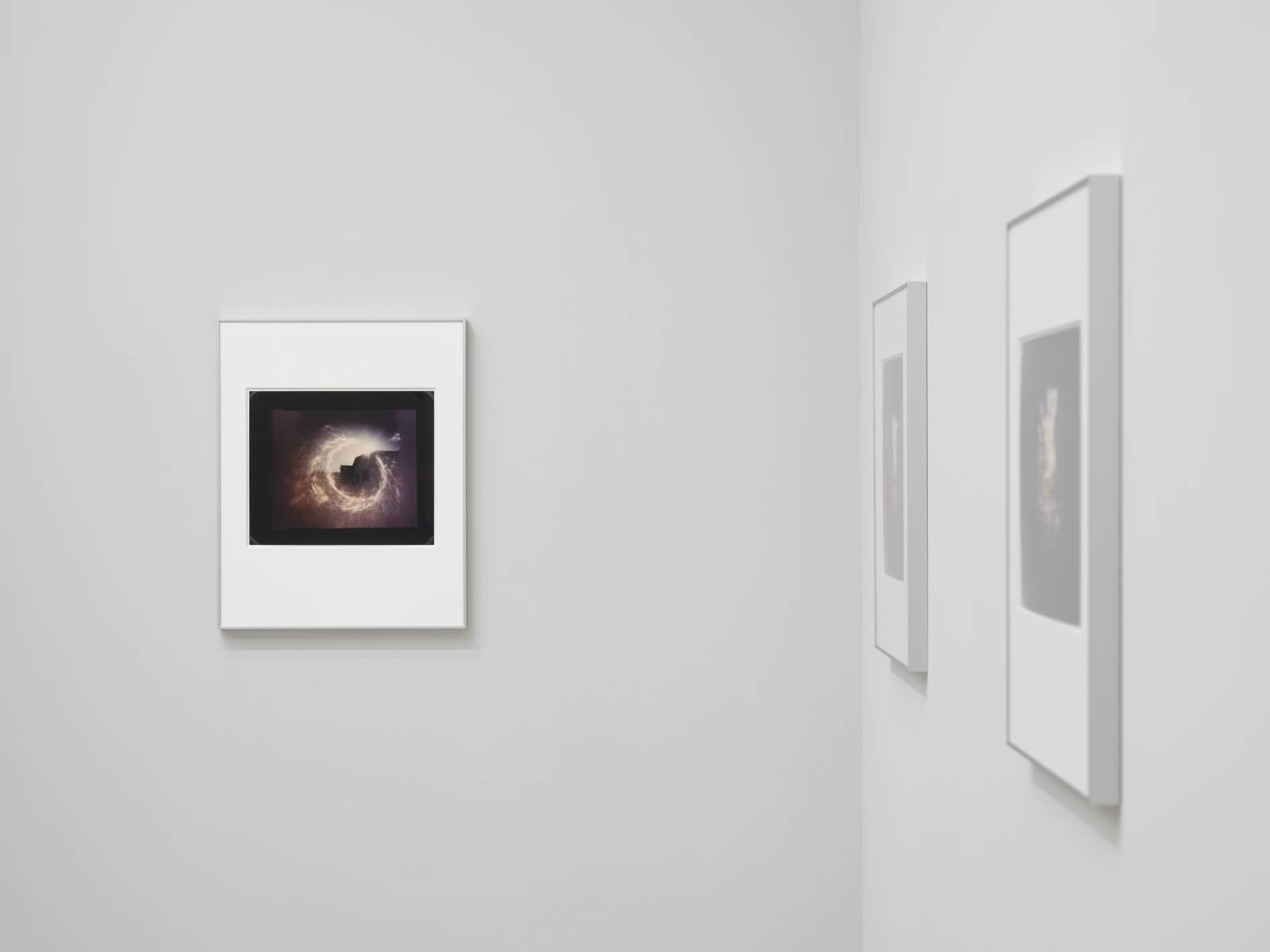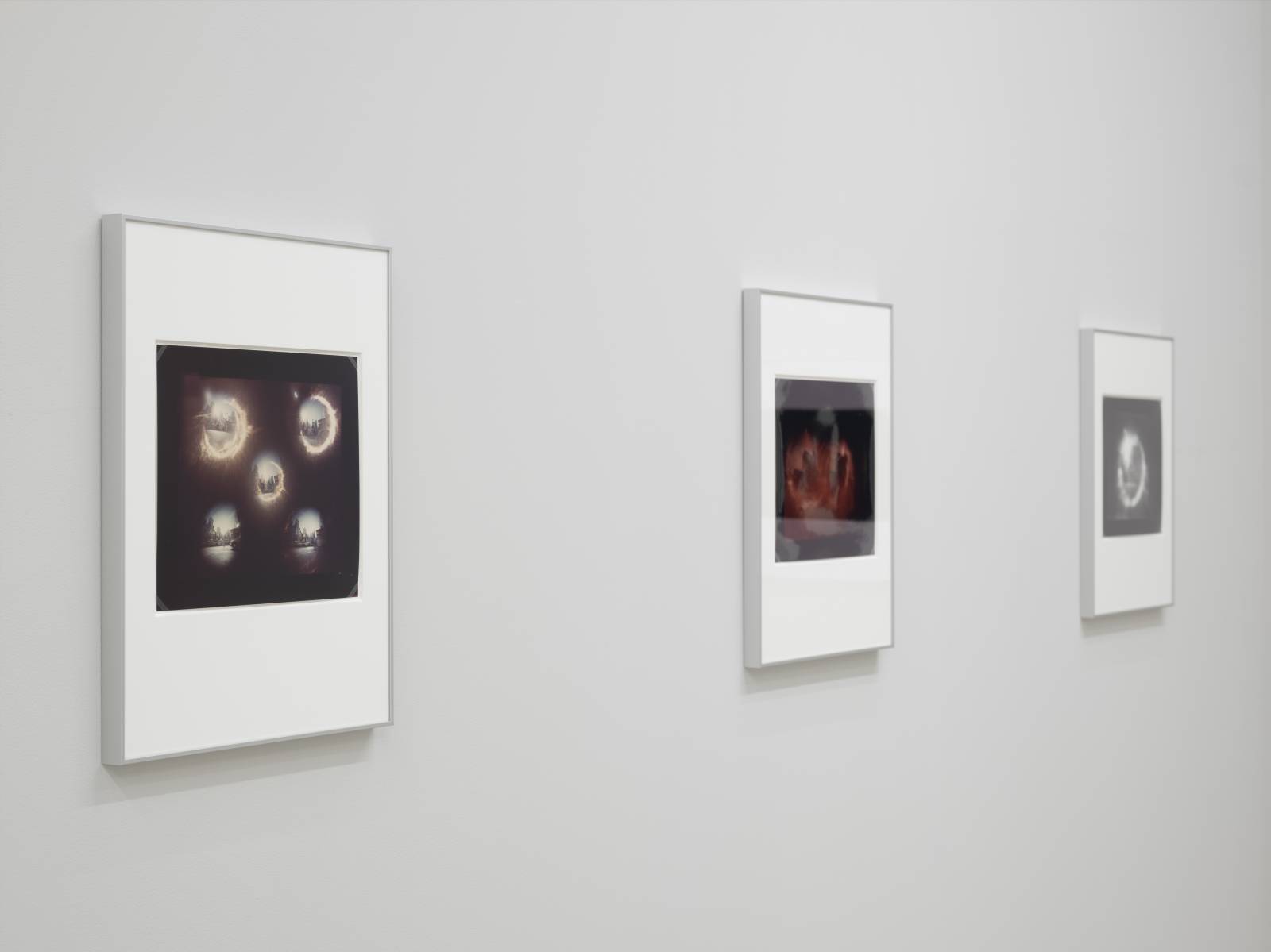Takuro Someya Contemporary Art is pleased to present an exhibition of works by Nobuo Yamanaka opening on Saturday, May 27th.
Yamanaka was born in Osaka in 1948 and began his career as an artist in 1971 with “Projecting the Film of River on the River,” a 16mm film of a flowing river projected onto the surface of the Tama River. He went on to become known for his distinctive figurative expressions that ranged from the series of pinhole photography for which he is perhaps best known, a technique he developed in tandem with his early film works, to his installations and three-dimensional works comprised of photographs.
Yamanaka’s presence grew internationally with his participation in the 15th Sao Paolo Biennale in 1979 and the presentation of a large site-specific work at the 12th Paris Biennale in 1982. Yet that very year, he passed away suddenly from sepsis at the age of 34 while visiting New York in preparation for an upcoming solo exhibition.
This exhibition is organized in two parts and comprises pinhole photographs created during the tragically brief course of Yamanaka’s artistic career with the hopes of retracing the trajectory of his work and highlighting anew the pioneering contributions he made to the field of visual art in just twelve short years.
Part One of the exhibition features a rare glimpse into the artist’s earliest works with fourteen photographs from the 1973 series “Dazzling Sun in Pinhole,” as well as sixteen works from the 1981 series “Tokyo in Pinhole.”
On Nobuo Yamanaka (Part 1/2)
Kenjin Miwa, The National Museum of Modern Art, Tokyo
-1-
People say that there was River and then there were the pinhole photos, but for me that’s not what happened: working on River simply turned into pinhole cameras—I was doing the same thing.[1]
The career of Nobuo Yamanaka (1948-1982), which lasted only twelve years, began with Projecting the Film of River on the River (1971). As the title suggests, the work involved projecting footage of the surface of the upper reaches of Tama River, shot in 16-millimeter film, onto the same river but downstream, near Futakotamagawa. The work was prompted by the decision of the First Bikyōtō [Artists Joint-Struggle Council] Revolution Committee, in which Yamanaka was a member, to present works for a year without using museums and galleries. Given that Yamanaka stated that he was “influenced by the kind of method that Christo described as ‘the problem of the gap between imagination and reality or the realization of a plan’ (but interpreted in my own way),”[2] and also mentions the names of Robert Smithson and Allan Kaprow in the same text, the work can be seen as an attempt at critically inheriting art movements such as Land Art and Off Museum. It has also been recognized within the contexts of Conceptual Art, in relation to works that tautologically or self-referentially question the conditions of art such as Joseph Kosuth’s One and Three Chairs (1965) and Jirō Takamatsu’s These Three Words (1970). The artist remained vague about the development of his practice from this initial work, which had the potential to be connected in various directions including film, event, performance, installation, and land art, to forms of expression using pinhole cameras: “I can’t really say why I started using pinhole cameras. After you project a river onto a river, and then use clear vinyl screens, isn’t the next step pinhole cameras? (laughs).”[3]
-2-
My pinhole photos were not photos at first—they were moving images. I made a box, drilled a hole into it, and got inside to watch. I found that experience interesting.[4]
For the 5th Exhibition of Contemporary Plastic Art: Expression in Film ’72 – Thing, Place, Time, Space – Equivalent Cinema (October 1972, Kyoto Municipal Museum of Art) in which Yamanaka participated the year following his debut, he installed Pinhole Camera, a box measuring 2 by 2 by 4 meters with a small hole, in a corner of the exhibition space. It was a work of experiential “moving image,” where viewers entered a literal camera obscura to look at the inverted and scaled-down projection of the entire exhibition in real-time. The fact that Yamanaka characterized both Projecting the Film of River on the River and Pinhole Camera as moving image works is important when considering the development of his practice.
There is another point of note. As its subtitle suggests, the concept of Expression in Film ’72 was to explore the possibilities of displaying moving image works in museums as opposed to showing movies in theaters. Specifically, while movies deal with time and space as an illusion within a screen that is cut off from reality, the exhibition advocated for “moving image as art” that established equivalence between the physical apparatuses such as film, projector, and screen, and what is external to the screen, including the spaces between the apparatuses, or between the apparatuses and viewers. While participating in this exhibition, Yamanaka kept his distance from notions such as the autonomy of moving image as art, or the binary opposition between reality and fiction, or art and movies. “I think it’s better to do things like start thinking of the style of normal film as art too,”[5] he stated. By using a box akin to a movie theater showing the exhibition as a movie and nestling it into the “box” that is the exhibition space (instead of turning the museum into a movie theater), Pinhole Camera was also a sharp response to issues raised by both Minimal Art (materiality) and Conceptual Art (conceptuality) that artists could not avoid when producing works around 1970. The work also tried to overcome the fact that works presented in such contexts depended on the museum as a place and the institution of art to achieve specificity and autonomy.
-3-
When you take a picture on film, it becomes something entirely different. It’s dark so you have to do a long exposure. And when you do that, things that move disappear, so the image you saw inside and the image that is developed are entirely different. That’s what’s interesting about it.[6]
In 1973, the year following Pinhole Camera, Yamanaka’s engagement with pinhole cameras developed into several directions. First, he produced a series where he took photographs of the city of Tokyo using a handheld camera that he converted into a pinhole camera (35-millimeter film enlarged and printed on photographic paper). One photograph from this series was first presented to the public when it was used for the cover of Bijutsu techō (no. 370 (August 1973)). Another series, beginning with Pinhole Room Revolution 1 (1973) presented at the 6th Exhibition of Contemporary Plastic Art: Expression in Film ’73 – Photography, Film, Video (September 1973, Kyoto Municipal Museum of Art) was based on making an entire room in his home into a pinhole camera. The external view projected onto a wall through a hole was captured using a photolith film covering the entirety of the wall (which was used for contact printing on photographic paper). What the two series shared was the fixing onto photographic paper, in other words the making of photographs (that move the event from a present to a past phase), which departed from the focus on the real-time viewing experience in Pinhole Camera. Pinhole cameras do not work by looking through the viewfinder and pressing the shutter button in some instance, and instead give rise to a time of waiting as it requires a long exposure time (some of Yamanaka’s works were produced with an exposure of forty-eight hours). The characteristics of the pinhole camera bring about a situation in which the photograph/image is detached, to a degree, from the subject/subjective view of the viewer inside the box. To put it another way, the subject/subjective view is duplicated like an astral projection until one or the other floats outside of the box (literally, in the series produced with a portable camera, and in the shape of Yamanaka’s own shadow that turns into an image in the series produced in the room). What, then, was outside of the box?
(Continued in Part 2)
Translation by Naoki Matsuyama
[1] “Intabyū sakka-ron. Yamanaka Nobuo—Mukachi na ana no kaiten-bako” [Interview with the artist: Nobuo Yamanaka—Revolving box with worthless holes ], interview by Takayuki Fukuda , Bijutsu techō, no. 405 (March 1976): 181.
[2] Nobuo Yamanaka, “Bijutsukan o hanarete” [Leaving the museum], Bijutsushihyō 3 (October 1971 ): 27-28.
[3] Yamanaka, “Intabyū,” 167.
[4] Nobuo Yamanaka and Tetsuya Watanabe , “Eizō taidan—Eizō bijutsu sappō,”[Dialogue on moving image: Killing with video art ], Bijutsushihyō, no. 9 (May 1978): 29.
[5] Ibid.
[6] Ibid.
Part One: Saturday, May 27, 2023 – Saturday, July 1, 2023
Part Two: Saturday, July 15, 2023 – Saturday, August 19, 2023
Summer Holiday: Wednesday, August 9 – Wednesday, August 16
Open: Tues – Sat 11:00 a.m. – 6:00 p.m.
Closed: Sun, Mon, and National Holidays
TSCA 3F TERRADA Art Complex I 1-33-10 Higashi-Shinagawa
Shinagawa-ku Tokyo 140-0002
tel 03-6712-9887 |fax 03-4578-0318 |e-mail gallery@tsca.jp


